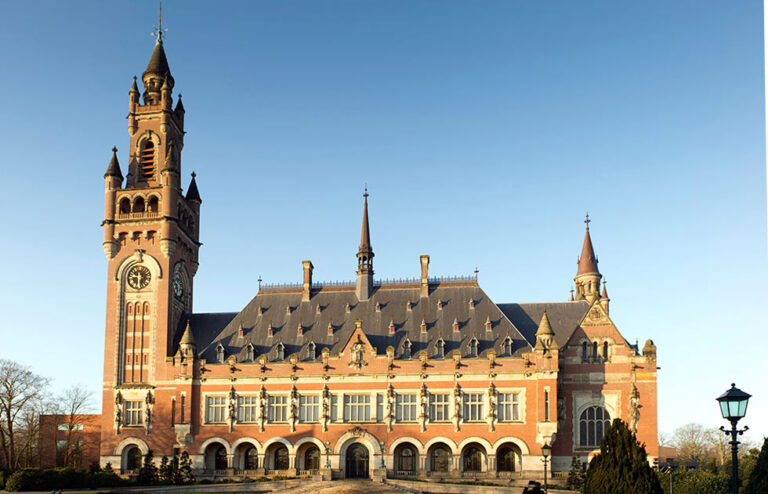
Geneva: Trade policy barriers such as tariffs and regulations account for at least 14 per cent of trade costs according to estimates from the World Trade Organisation (WTO) Trade Cost Index launched today. The index measures the cost of trading internationally relative to trading domestically, finding that the costs to export are higher for women, smaller businesses and unskilled workers.
Using estimates of bilateral trade costs for 43 economies and 31 sectors from 2000 to 2018, the WTO Trade Cost Index provides for the first time a detailed breakdown of trade costs for both goods and services and which groups of producers and consumers bear them the most. It complements other statistics the WTO provides on trade costs, such as average tariffs or the number of non-tariff measures, and gives a sense of the weight of these measures relative to other factors, such as transport and travel costs, information and transaction costs, ICT connectedness, and governance quality.
Trade policy barriers and regulatory differences — which include tariff and non-tariff barriers — make up the largest component of trade costs when low-income economies trade with each other, the index finds. The data draw attention to the high potential for policy reforms to boost trade among developing countries. Transport and travel costs comprise the largest share of trade costs when high-income economies transact with each other or with lower-income economies.
The main findings
- Global trade costs have declined by 15 per cent between 2000 and 2018.
- Trade costs for services are higher than trade costs for agricultural goods. Trade costs for manufactured goods are the lowest.
- Overall trade costs are higher for women, SMEs, and unskilled workers.
- High-income groups face higher trade costs, given their larger share of consumption in services.
- Trade policy barriers and regulatory differences are estimated to account for at least 14 per cent of trade costs in all sectors. They include tariff and non-tariff barriers, regulatory differences, as well as other policies covered by trade agreements, such as a lack of investment facilitation or of intellectual property protection.
- Trade policy barriers are relatively the most important component of trade costs for trade among low income economies.
- Transport and travel costs together with information and transaction costs explain the largest share of trade costs between high-income economies.
The index illustrates the evolution of trade costs over time, finding that global trade costs have declined by 15 per cent between 2008 and 2018. On the export side, the most pronounced fall was observed in the newer EU member states — Latvia, Croatia, Bulgaria, Cyprus and Slovenia. Nevertheless, overall trade costs are found to be higher for women, small and medium-sized enterprises, and unskilled workers. This is partly explained by these groups’ concentration in certain sectors such as in services. The index finds that trade costs for services are higher than trade costs for agricultural goods, while trade costs for manufactured goods are the lowest.
Further updates to the index will look into capturing the cost of uncertainty in the global market — including from the COVID-19 pandemic — and will explore ways to produce timely estimates of trade costs to account for real time update of trade measures, the WTO stated today.
– global bihari bureau





